Twill Fabric Properties, What is Twill?
Twill is one sort of weaving structure. Its fundamental element is the corner to corner weave of warp and weft. These diagonal, parallel ribs give the fabric a very durable and attractive quality. This structure is frequently used for making fabrics which should be heavy and withstand higher wear and tear.
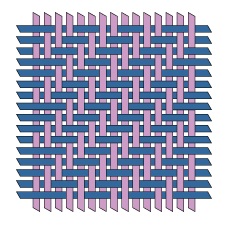
The most basic weave is two threads in one direction, crossed over by a single thread in the opposite direction. This is the twill’s characteristic design and it is very distinctive. But, the weave can be far more complex depending upon the degree to which the weaver wants a design in the twill to show. Many combinations are possible. This doesn’t influence the quality of the fabric, yet is accomplished for its appearance. Moreover, It very well may be produced using two shades of yarn. Despite the fact that the colors are just extraordinary, fabric appears different.
Since this pattern is such a good choice for fabric, it is commonly utilized for some different sorts of textures, for example, chino, serge, gabardine, denim, tweed and a large group of others.
Properties of Twill Fabric
Twill pieces of clothing and home materials were initially produced using cotton, yet it’s currently additionally basic to see this kind of fabric made with synthetic substances. Actually, It can be cotton, synthetic such as polyester, linen, woolen, silky or any blend.
One made with cotton is sometimes called chino. The distinction among chinos and jeans (denim fabrics) is in the heaviness of the fabric. While chinos are woven from lighter fibers, jeans are heavier weight.
Depending on the type of fabric fiber used, its moisture-wicking abilities change. To add, It is stable to shrink take into account of other fabrics. However, this is not mean that it did not shrink. Moreover, Its weaving structure makes fabric show less dirt and stains.
Cotton ones is highly absorbent, soft, and breathable. Moreover, It is easy to care it.
To sum up, properties of twill woven fabrics;
- Shows much less dirt and stains
- Resists wrinkles and creases
- Looks attractive
- Soft
- Low water-resistant
- Durable
- Low stretch ability
- Breathable
Sometimes twill and duck fabric confuse people on account of similarity. However, they are different from each other based on the weave. Duck fabric, unlike twill, has a square or plain weave. As we said, it has diagonal weave. Plain weave fabrics’ two sides are the same, unlike twill fabric, whose have a front, and a back side.
Usage Of Twill Fabric
Its texture and subsidiaries may be utilized to make a wide range of kinds of clothing and home materials. This fabric is most well-known for its use in denim jeans. Twill is a common choice for garments such as hats, pants, shoes, polo shirts, suits and jackets.
Twill weaving structure used to make a garment sturdy and even, this can make it hot. Therefore, It is not a good choice for summer. However, It is superb for spring and fall and suitable for winter in most climates.
Moreover, you can see twill fabrics usage for home textiles such as bedsheets, duvet covers, blankets, mattress, tableclothes, curtains, carpets, towels, rugs, wall hangings.
How to Care
First to say, You should wash garments according to items care label. Depending on the type of fabric fiber used, recommended washing temperatures change. Be carefull for the content. That is, washing recommendations wont be the same for polyester and cotton or any other.
References:
https://www.quora.com/What-is-the-difference-between-cotton-and-cotton-twill
https://www.masterclass.com/articles/what-is-twill-fabric-definition-and-characteristics-of-the-popular-twill-weave
https://en.wikipedia.org/wiki/Twill

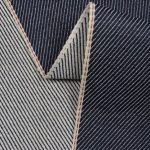
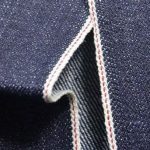


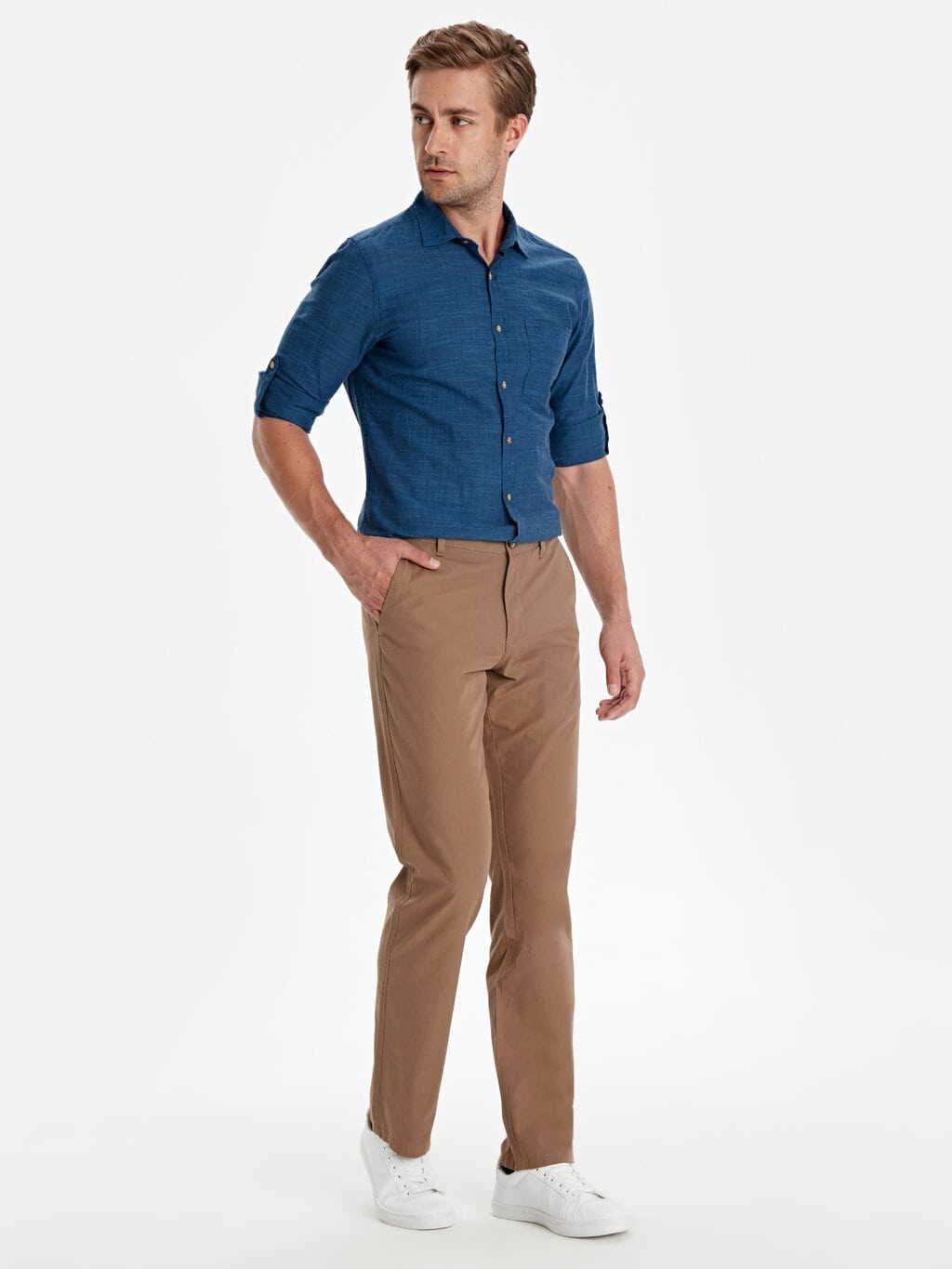

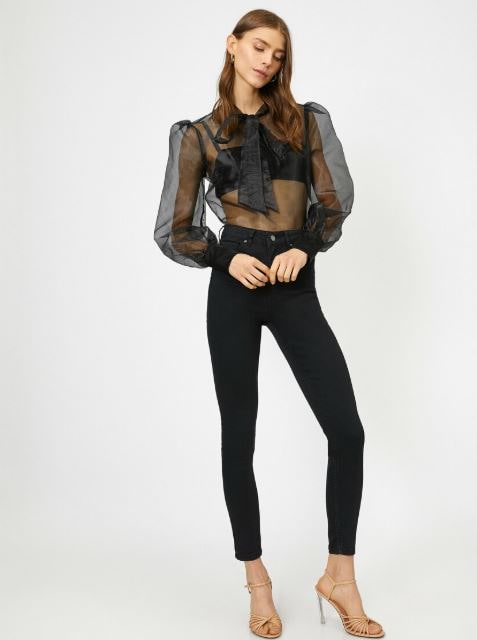

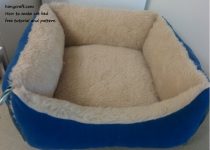


Thank you, I learned many things.
I read a good deal of posts here. Probably you spend a whole lot of time writing, Thanks for sharing!
King regards,
Thomassen Schneider
Thank you for your nice comment. Good days.